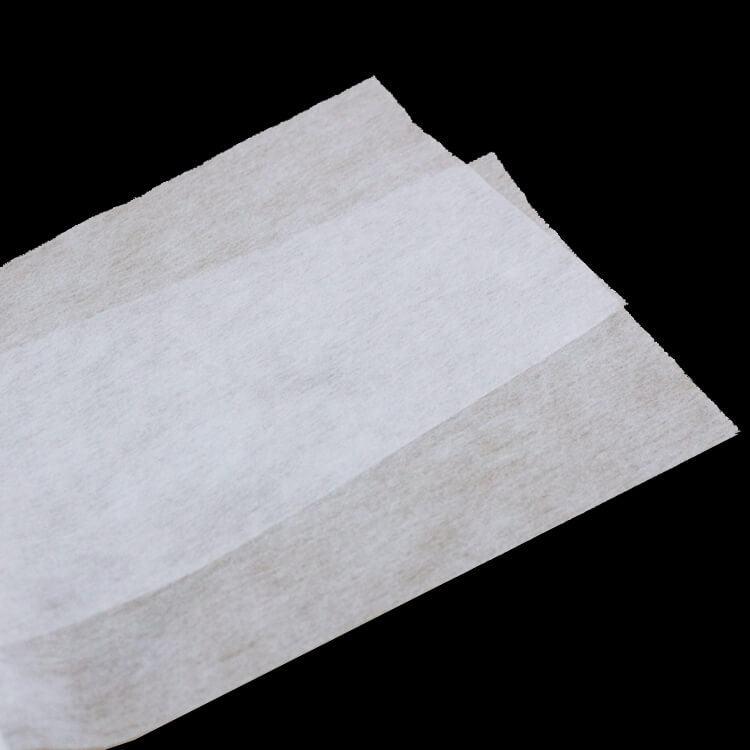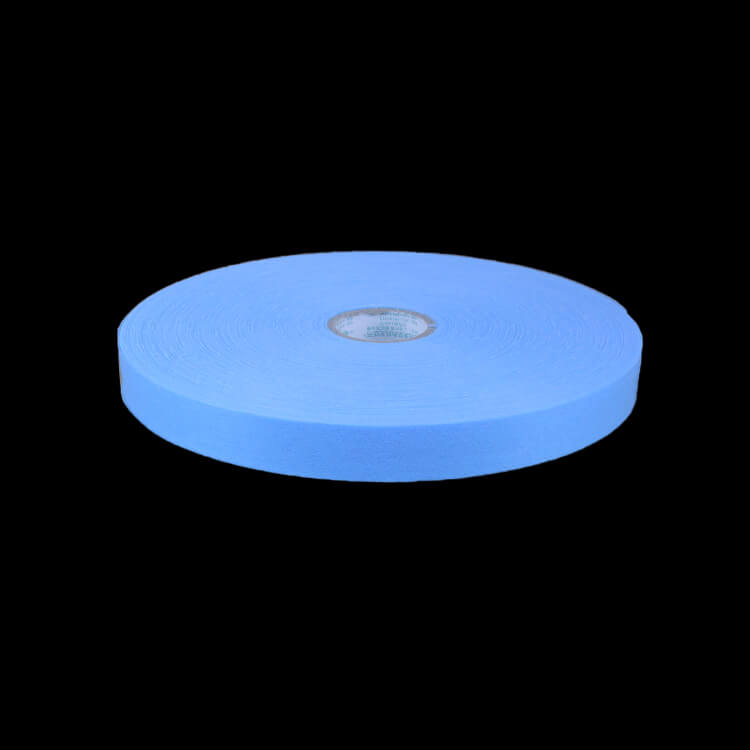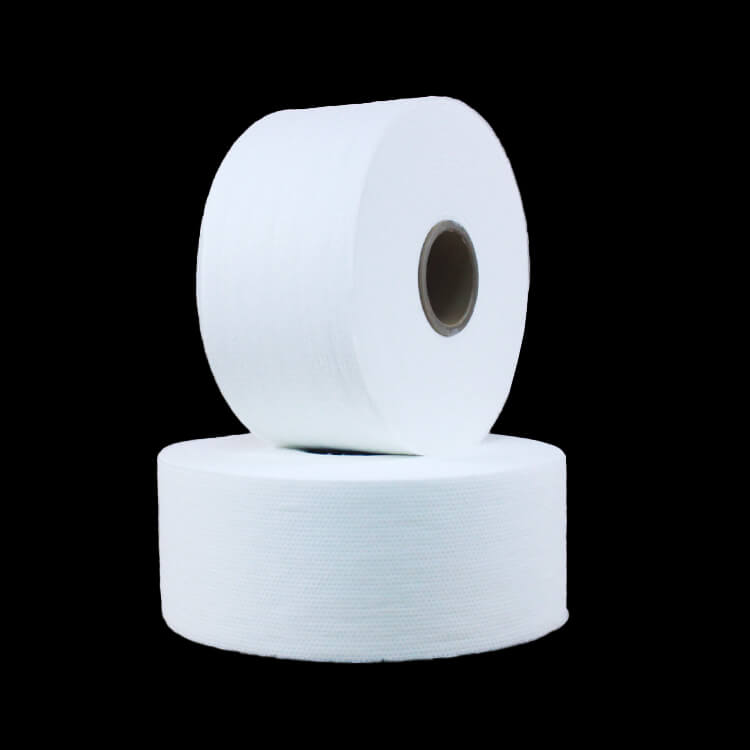Author:Baby & Adult Diaper Materials FROM:Diaper Materials Manufacturer TIME:2023-09-11
Introduction:
PP non-woven fabrics have gained significant popularity in various industries due to their exceptional properties and versatile applications. One such industry where PP non-woven fabrics have found extensive usage is diaper manufacturing. In this article, we will explore the usage of PP non-woven fabrics in diaper manufacturing and discuss their benefits and potential challenges.

PP non-woven fabrics play a crucial role in the production of diapers. These fabrics are used in different components of a diaper, including the top sheet, acquisition layer, and backsheet. The top sheet, in direct contact with the baby's skin, requires a soft and comfortable material that also possesses excellent liquid absorption capacity. PP non-woven fabrics meet these requirements perfectly, as they are gentle, breathable, and have superior moisture-wicking properties. Moreover, these fabrics provide a dry and comfortable feel to the baby's delicate skin, preventing diaper rash and irritation.
In addition to the top sheet, PP non-woven fabrics are used as an acquisition layer in diapers. This layer helps in the quick distribution of urine and keeps the baby's skin dry. The excellent permeability and liquid absorption capabilities of PP non-woven fabrics make them ideal for this purpose. Furthermore, these fabrics also act as a barrier against leakage, ensuring maximum protection and preventing any discomfort for the baby.

The usage of PP non-woven fabrics in diaper manufacturing offers several notable benefits. Firstly, these fabrics are highly cost-effective compared to traditional textile materials. PP non-woven fabrics can be produced in large quantities at a relatively low cost, making them an economical choice for diaper manufacturers. Additionally, the lightweight nature of these fabrics reduces transportation costs, benefiting both manufacturers and consumers.
Secondly, PP non-woven fabrics are incredibly hygienic and hypoallergenic. They do not contain any harmful chemicals or allergens that can cause irritation to the baby's skin. These fabrics have excellent breathability, allowing airflow and preventing the formation of bacteria or fungi. The moisture-wicking properties of PP non-woven fabrics also contribute to maintaining a dry environment, minimizing the risk of infections or rashes.
Furthermore, the durability and strength of PP non-woven fabrics make them highly suitable for diaper manufacturing. These fabrics can withstand extensive usage, stretching, and pulling without tearing or losing their shape. This ensures that the diapers remain intact and provide the necessary protection for prolonged periods, enhancing their overall performance and reliability.

While PP non-woven fabrics offer numerous advantages in diaper manufacturing, there are also some challenges associated with their usage. One such challenge is the environmental impact. PP non-woven fabrics are not easily biodegradable and can contribute to landfill waste. However, efforts are being made to develop eco-friendly alternatives and recycling methods to mitigate this concern.
Another challenge is the limited design options offered by PP non-woven fabrics. Unlike traditional textiles, these fabrics are not easily customizable in terms of patterns, colors, and textures. However, advancements in printing and processing technologies are enabling manufacturers to overcome this limitation, allowing for more diverse and appealing diaper designs.
Overall, the usage of PP non-woven fabrics in diaper manufacturing has revolutionized the industry by providing cost-effective, hygienic, and durable solutions. While challenges exist, ongoing research and innovation are continuously improving the sustainability and design capabilities of these fabrics. With further advancements, PP non-woven fabrics are set to remain a crucial component in the production of high-quality diapers, ensuring comfort, protection, and happiness for babies around the world.
Conclusion:
In conclusion, the utilization of PP non-woven fabrics in diaper manufacturing offers numerous benefits. These fabrics provide a soft, breathable, and absorbent layer that keeps the baby's skin dry and prevents irritation. They are cost-effective, hygienic, and durable, making them an ideal choice for diaper manufacturers. Although there are challenges related to environmental impact and design limitations, ongoing efforts are addressing these concerns. The future of PP non-woven fabrics in diaper manufacturing looks promising, with potential advancements in sustainability and customization. Ultimately, these fabrics contribute significantly to the overall well-being and comfort of babies.

 Email: info@whldiapernonwoven.com
Email: info@whldiapernonwoven.com
 MP/WhatsApp: +86-13599937366
MP/WhatsApp: +86-13599937366
 Manufacturer Address:Room 1105B, Bld M1, Manhattan, Yulongwan, Shimao, Shuanglong Road, Meiling Street, Jinjiang, Fujian, China
Manufacturer Address:Room 1105B, Bld M1, Manhattan, Yulongwan, Shimao, Shuanglong Road, Meiling Street, Jinjiang, Fujian, China